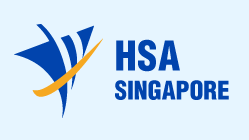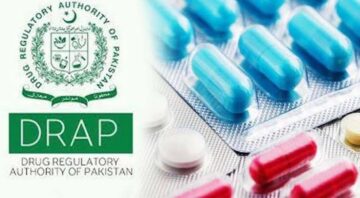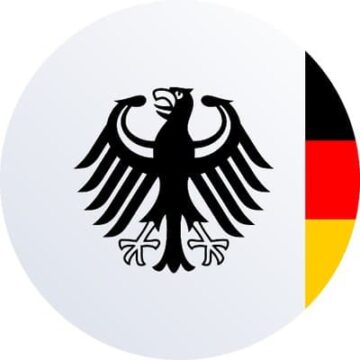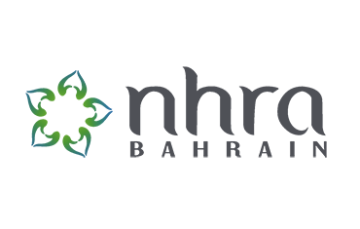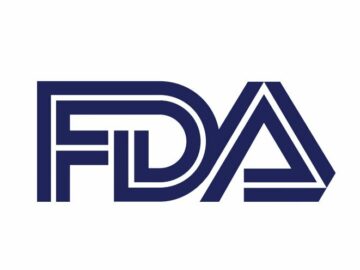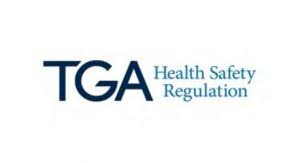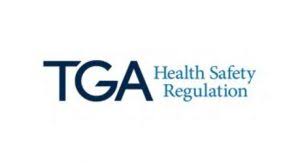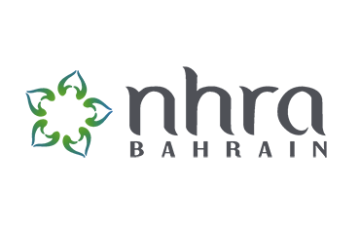The article describes the approach to be applied when determining the regulatory status of a borderline product that could be subject to regulation under the medical devices framework, and also pays special attention to the applicable risk-based classification.
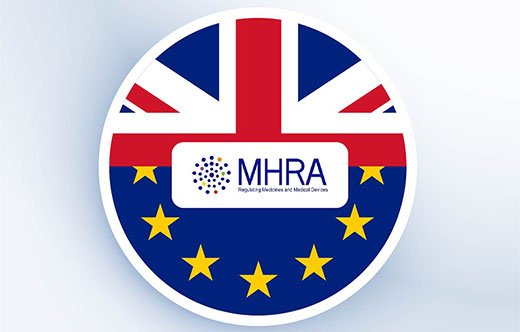
Table of Contents
The Medicines and Healthcare Products Regulatory Agency (MHRA), the UK regulating authority in the sphere of healthcare products, has published a guidance document dedicated to borderline products and the way their regulatory status should be determined. The document provides an overview of the applicable regulatory requirements, as well as additional clarifications and recommendations to be taken into consideration by medical device manufacturers and other parties involved in order to ensure compliance. At the same time, provisions of the guidance are non-binding in their legal nature and are not intended to introduce new rules or impose new obligations. The authority also reserves the right to make changes to the guidance, should such changes be reasonably necessary to reflect corresponding amendments to the underlying legislation.
In particular, the guidance describes in detail the approach the authority applies when determining whether a product subject to review is a medical device, and also its class under the existing risk-based classification.
Regulatory Background
The authority acknowledges that it is sometimes difficult to distinguish some products from medical devices – for instance, some personal protective equipment items. Should such ambiguity exist, such products should be referred to as borderline products, and their regulatory status should be further determined in order to make sure the proper legal framework applies. In order for this purpose to be achieved, the authority determines whether the product in question meets the definition of a medical device or medicine. Once it is determined that the product subject to review is a medical device and should be regulated accordingly, the authority will determine its class under the existing risk-based classification for medical devices.
Borderline Product Types
According to the guidance, the products defined as borderline could fall within one of the below categories:
- Medicines,
- Herbal medicinal products;
- Cosmetics;
- Biocides;
- Personal protective equipment;
- Machinery/laboratory equipment;
- Food supplements.
Should it be determined that the product in question is a medical device and should be regulated accordingly, it will fall within the scope of one of the below categories:
- General medical devices;
- In vitro diagnostic medical devices (IVDs);
- Active implantable medical devices.
It is important to mention that, in case a party responsible for a medical device is unsure about its regulatory status, the authority can provide advice once requested. The authority additionally emphasizes that if the product in question is regulated as a medical device in any other jurisdiction, it does not necessarily mean it will be regulated as a medical device in the UK, and vice versa.
The final determination of the regulatory status of the product will be made based on its intended use and the principal mode of action. In particular, if the product is a medical device, the principal intended action must primarily be fulfilled by physical or mechanical means, while it may not act principally by pharmacological, metabolic, or immunological means, although ancillary action is permitted. Thus, the mode of action is the main distinguishing criteria to be used when determining whether the product in question is a medicine or a medical device, as both of them have a medical intended purpose. The same approach is provided for by the medical device definition set forth in the respective regulation.
Furthermore, the authority also mentions that not all the medical devices that are currently used in healthcare facilities in the course of their operations are medical devices.
Risk-Based Classification
As it was mentioned before, the advice provided by the authority could also be related to the applicable classification. Under the general rule, the class of the device as per the existing risk-based classification system would impact the level of regulatory scrutiny the product would be subject to.
General medical devices are divided into four classes: I, IIa, IIb, and III, respectively. The class determination will depend on several factors, such as:
- How long the device is intended to be in continuous use;
- Whether or not the device is invasive or surgically invasive
- Whether the device is implantable or active
- Whether or not the device contains a substance that, if used separately, is considered to be a medicinal product and is liable to act on the body with an action ancillary to that of the device
The document also briefly describes the applicable classification rules for in vitro diagnostic medical devices.
In summary, the present MHRA guidance provides additional clarifications with respect to the approach the authority would apply when determining the regulatory status of borderline products. The document highlights the key factors to be taken into consideration when making such a determination and also covers aspects related to the risk-based classification of medical devices adopted in the UK.
How Can RegDesk Help?
RegDesk is a holistic Regulatory Information Management System that provides medical device and pharma companies with regulatory intelligence for over 120 markets worldwide. It can help you prepare and publish global applications, manage standards, run change assessments, and obtain real-time alerts on regulatory changes through a centralized platform. Our clients also have access to our network of over 4000 compliance experts worldwide to obtain verification on critical questions. Global expansion has never been this simple.
Want to know more about our solutions? Speak to a RegDesk Expert today!
–>
- SEO Powered Content & PR Distribution. Get Amplified Today.
- PlatoData.Network Vertical Generative Ai. Empower Yourself. Access Here.
- PlatoAiStream. Web3 Intelligence. Knowledge Amplified. Access Here.
- PlatoESG. Automotive / EVs, Carbon, CleanTech, Energy, Environment, Solar, Waste Management. Access Here.
- PlatoHealth. Biotech and Clinical Trials Intelligence. Access Here.
- ChartPrime. Elevate your Trading Game with ChartPrime. Access Here.
- BlockOffsets. Modernizing Environmental Offset Ownership. Access Here.
- Source: https://www.regdesk.co/mhra-on-borderline-products/?utm_source=rss&utm_medium=rss&utm_campaign=mhra-on-borderline-products
- :has
- :is
- :not
- 1
- a
- About
- access
- accordingly
- achieved
- Act
- Action
- Additional
- Additionally
- adopted
- advice
- Alerts
- All
- also
- Although
- Ambiguity
- amendments
- an
- and
- any
- applicable
- applications
- applied
- Apply
- approach
- ARE
- article
- AS
- aspects
- assessments
- At
- attention
- authority
- based
- BE
- been
- before
- below
- body
- both
- briefly
- by
- CAN
- case
- categories
- centralized
- change
- Changes
- class
- classes
- classification
- classification system
- clients
- Companies
- compliance
- consideration
- considered
- contains
- continuous
- Corresponding
- could
- course
- covers
- criteria
- critical
- Currently
- dedicated
- defined
- definition
- detail
- determination
- Determine
- determined
- determines
- determining
- device
- Devices
- difficult
- distinguish
- divided
- document
- does
- emphasizes
- ensure
- equipment
- exist
- existing
- expansion
- expert
- experts
- facilities
- factors
- Fall
- fda
- final
- For
- forth
- four
- Framework
- from
- further
- General
- Global
- global expansion
- guidance
- Have
- healthcare
- help
- highlights
- holistic
- HTTPS
- i
- if
- iii
- Impact
- important
- impose
- in
- information
- instance
- Intelligence
- intended
- into
- introduce
- involved
- IT
- items
- ITS
- jpg
- jurisdiction
- Key
- Know
- Legal
- legal framework
- Legislation
- Level
- Long
- made
- Main
- make
- Making
- manage
- management
- management system
- Manufacturers
- Markets
- max-width
- May..
- mean
- means
- mechanical
- medical
- medical device
- medical devices
- medicinal
- medicine
- Meets
- mention
- mentioned
- mentions
- metabolic
- Mode
- more
- must
- Nature
- necessarily
- necessary
- network
- never
- New
- obligations
- obtain
- of
- on
- once
- ONE
- Operations
- or
- order
- Other
- our
- over
- overview
- particular
- parties
- party
- pays
- per
- personal
- Pharma
- physical
- platform
- plato
- Plato Data Intelligence
- PlatoData
- Prepare
- present
- primarily
- Principal
- Product
- Products
- proper
- Protective
- provide
- provided
- provides
- publish
- published
- purpose
- question
- Questions
- real-time
- recommendations
- referred
- reflect
- regulated
- regulating
- Regulation
- regulatory
- related
- requested
- Requirements
- reserves
- respect
- respective
- responsible
- review
- right
- Rule
- rules
- Run
- same
- scope
- scrutiny
- separately
- set
- several
- should
- Simple
- Solutions
- some
- Sources
- speak
- special
- standards
- Status
- subject
- substance
- such
- SUMMARY
- sure
- system
- taken
- that
- The
- the UK
- their
- Them
- this
- Through
- time
- Title
- to
- Uk
- under
- underlying
- use
- used
- Verification
- vice
- want
- was
- Way..
- WELL
- when
- whether
- while
- will
- with
- within
- worldwide
- would
- you
- zephyrnet


